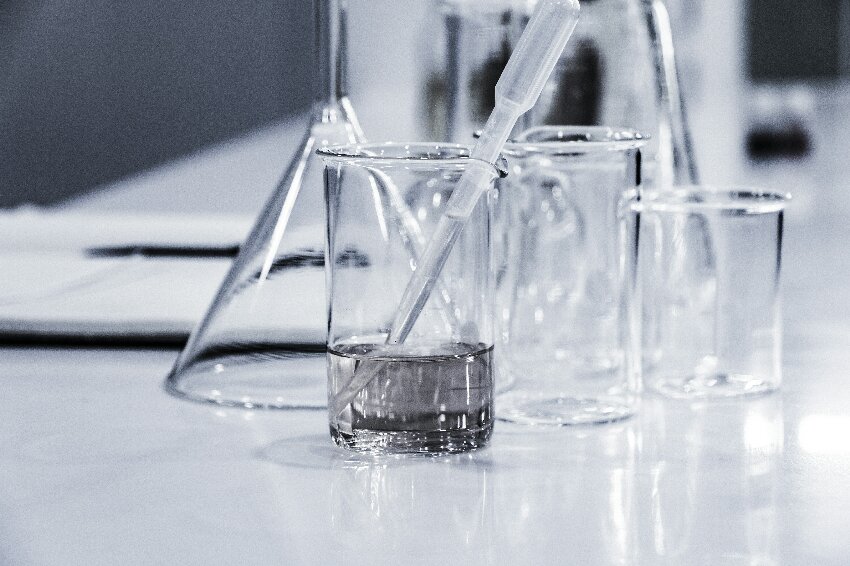
Polyphenols, a compound commonly found in fruits and vegetables, can bind to sugar molecules to create potentially life-saving drugs, new research suggests.
Polyphenols are a class of compounds found in many plant foods. Polyphenols help prevent cell damage in the body and can help prevent diseases like cancer or heart disease. However, many of them are insoluble in water, making it difficult to take full advantage of their health benefits.
Jixun Zhan, a professor of bioengineering, and his graduate students Jie Ren and Keller Barton recently published a comprehensive review article on engineering the production of polyphenolic O-glycosides that keep these polyphenolic compounds stable and soluble through microbial fermentation. The study was published in the latest issue of the journal Advances in Biotechnology.
“Polyphenols have many different roles in the body and can be used to develop potential drugs and nutraceuticals,” Zhan said. “They also have natural antiseptic properties that protect our body tissues from harmful substances. Unfortunately, poor water solubility and low bioavailability limit their health benefits, but by attaching sugar molecules, we can make them It is more soluble in water and more stable.”
This process is called glycosylation. Researchers are using novel methods, such as bacterial fermentation, to alter the sugar structures and glycosylation patterns of polyphenols. By studying the enzymes and processes involved in sugar biosynthesis, it is now possible to develop more effective sugar drugs. Zhan’s article summarizes the different phenolic glycosides found in nature and their production methods.
“By exploring the mechanisms by which bacteria produce these compounds and providing ways to manipulate sugar biosynthesis, we can create useful medicines that improve lives,” Zhan said.
Various methods have been developed in the laboratory to produce polyphenolic glycosides, but most are still small-scale. Future research will focus on improving the efficiency of the production process, including optimizing fermentation conditions and finding better ways to transport the compounds.
“Polyphenolic glycosides are valuable compounds with multiple health benefits. Using microorganisms to produce these compounds in a controlled and cost-effective manner holds promise for large-scale production.”
Background of Glycosylation
Glycosylation is one of the most common post-translational modifications and involves the addition of carbohydrates to proteins or lipids via enzymes in the endoplasmic reticulum (ER) and Golgi apparatus. Glycoproteins are formed when proteins are glycosylated and are involved in almost all innate and adaptive immune responses. Protein glycosylation is the process of adding N-glycans, O-glycans, glycosylphosphatidylinositol (GPI) anchors, and phosphorylated glycans to peptide backbones. Sugars are combined with lipids to form glycolipids like glycosphingolipids (GSLs). GSLs are among the most abundant glycolipids in humans, and their glycan composition confers specific GSL properties.
Glycosylation in health and disease
Glycosylation is involved in the development of many diseases and plays an important role in many biological processes. Glycosylation, for example, regulates cell signaling pathways, cell adhesion, and immune system function. Many diseases, including cancer, Alzheimer’s disease, and autoimmune diseases, have been linked to abnormal glycosylation.







